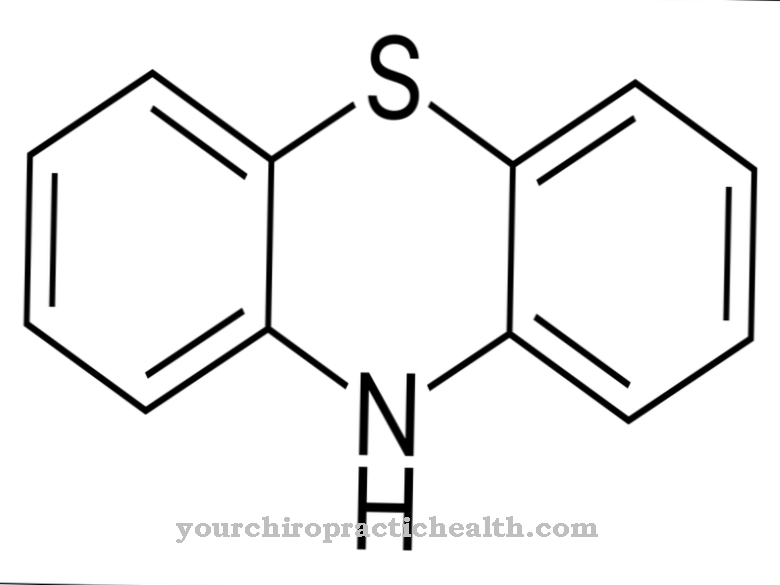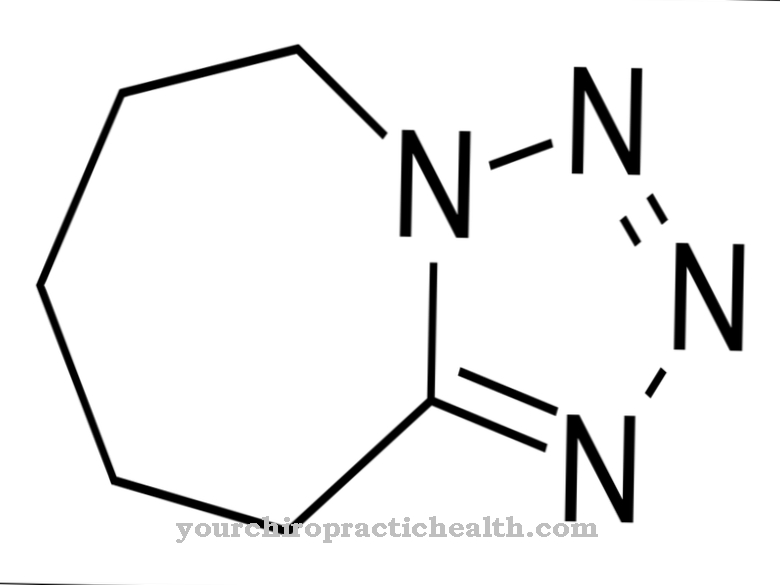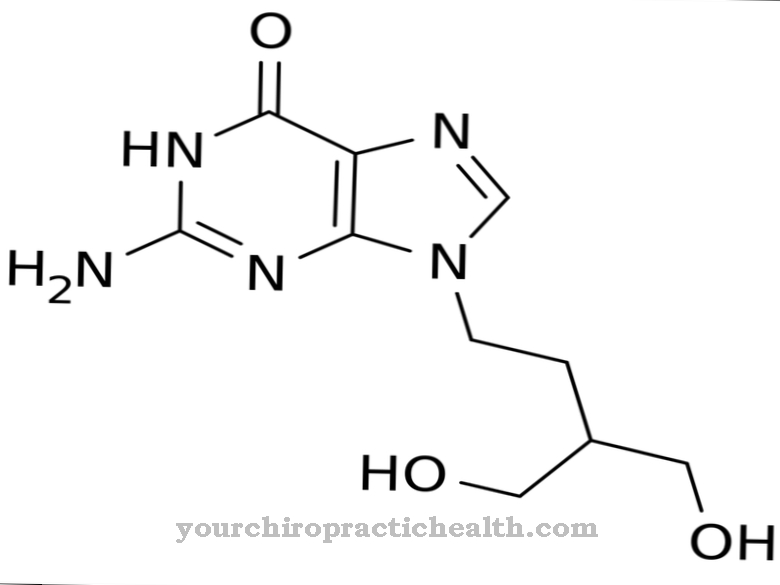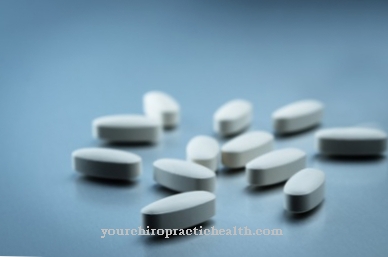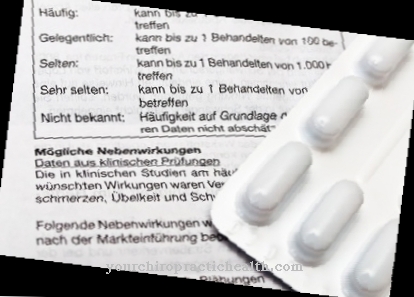Methylprednisolone is an active ingredient from the class of glucocorticoids. The drug is available as an infusion solution, as an injection solution, as an ointment or cream.
What is methylprednisolone?

Methylprednisolone is a white crystalline powder that is practically insoluble in water. It is available commercially in the form of mono-preparations or combination preparations. Methylprednisolone is one of the non-halogenated glucocorticoids. These are mainly used when there is a lack of cortisone.
However, since the active ingredient has a very broad spectrum of activity, it can also be administered for other diseases such as adrenal insufficiency, respiratory diseases, arthritis or chronic inflammation of the stomach or intestines.
Methylprednisolone is available in tablet form. However, the drug can also be used as an infusion or injection. For skin diseases, methylprednisolone is mainly applied in the form of ointments, creams, lotions or solutions.
Pharmacological effect
Methylprednisolone is a glucocorticoid. Glucocorticoids bind to specific receptors in the cells. As a result, they intervene in protein synthesis. They have anti-inflammatory and anti-proliferative effects. The immune system is inhibited and any immunological reactions that occur are suppressed by the drug.
Methylprednisolone is also suitable for the treatment of chronic respiratory diseases, as the active ingredient causes the mucous membranes of the immune system to swell. With the decongestion there is also an expansion of the bronchi. This gives the affected patients much better air.
Glucocorticoids, such as methylprednisolone, are also directed against the uncontrolled reproduction of tissue. The growth of the tissue is inhibited, so that unwanted skin appendages do not grow any further, but instead shrink or even disappear.
Medical application & use
Methylprednisolone has a decongestant and anti-inflammatory effect. It is therefore used, among other things, to treat allergic diseases. Chronic asthma or allergic asthma are also possible indications for taking methylprednisolone. Other respiratory diseases that are treated with the drug are sinus infections, chronic obstructive pulmonary disease (COPD), sarcoid, allergic rhinitis and chronic bronchitis.
Since the drug inhibits the activity of the immune system, autoimmune diseases are also treated with methylprednisolone. These include diseases such as vasculitis, arthritis, polyarthritis, psoriatic arthritis or lupus erythematosus. Autoimmune, chronic inflammatory bowel diseases such as Crohn's disease or ulcerative colitis are also treated with the aid of the active ingredient. The same is true of severe inflammation of the kidneys caused by an autoimmune reaction.
Ointments and creams containing methylprednisolone can suppress allergic skin reactions and inflammation. The active ingredient is prescribed for skin diseases such as hives, neurodermatitis, psoriasis or contact eczema. Since methylprednisolone is a glucocorticoid, it can also be used in Addison's disease (adrenal insufficiency). The methylprednisolone compensates for the lack of endogenous cortisone.
Risks & side effects
Cortisone is usually only given in doses that far exceed the natural cortisone level in the blood. Side effects occur particularly with long-term treatment. Short-term assignments are usually unproblematic.
With methylprednisolone, it is difficult to draw the line between side effects and desired effects. For example, in some diseases the suppression of the immune system is desired, in other diseases it is a serious side effect. A typical side effect of taking cortisone is what is known as Cushing's syndrome. It manifests itself through bull neck, facial flushing, full moon face and exhaustion. When taking cortisone, blood pressure rises and blood sugar levels rise too. The same applies to blood lipid levels.
Due to the immunosuppressants, there may be an increased susceptibility to infections. Water retention in the tissue leads to weight gain. Furthermore, cortisone seems to increase the risk of developing osteoporosis if there is a corresponding susceptibility. Therefore, regular bone density measurements should be carried out before and during long-term cortisone therapy. If necessary, preventive measures such as taking vitamin D or calcium should be taken.
Another side effect affects the hormonal area. When taking methylprednisolone, the body stops producing its own hormones in the adrenal glands. This condition only becomes problematic when the methylprednisolone is suddenly discontinued. It takes a while for the body's own production to run again. If there is not enough endogenous cortisone available after stopping, it can lead to a life-threatening cortisone deficiency. Cortisone should therefore never be stopped suddenly, but always tapered in consultation with the treating doctor.
Other side effects of methylprednisolone are stunted growth in children, cardiac arrhythmias and depression. Methylprednisolone must not be taken if you are hypersensitive to the active ingredient. Hepatitis and diagnosed osteoporosis are also contraindications. The same applies to difficult-to-treat high blood pressure, diabetes mellitus, psychoses and infectious skin diseases. By suppressing the immune system, these skin conditions would worsen. During pregnancy and breastfeeding, methylprednisolone should only be taken in exceptional cases, after consulting a doctor.

